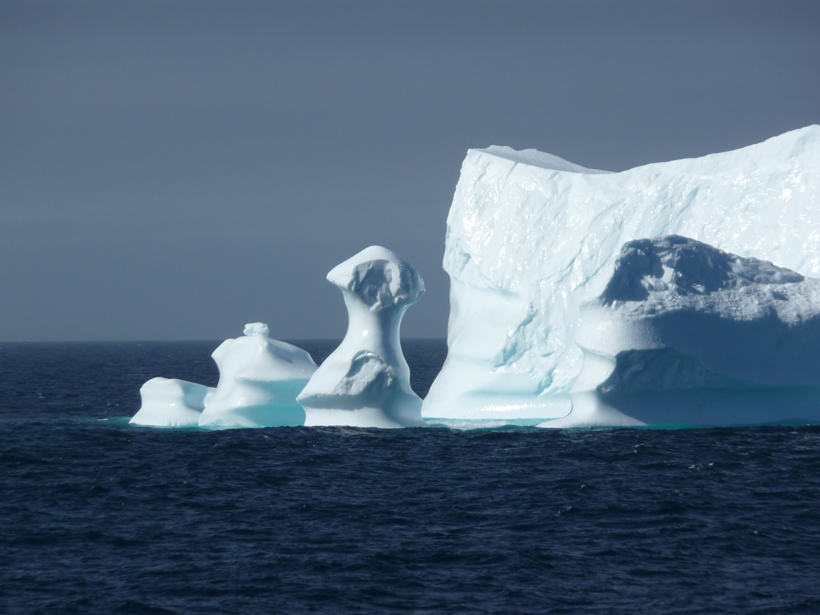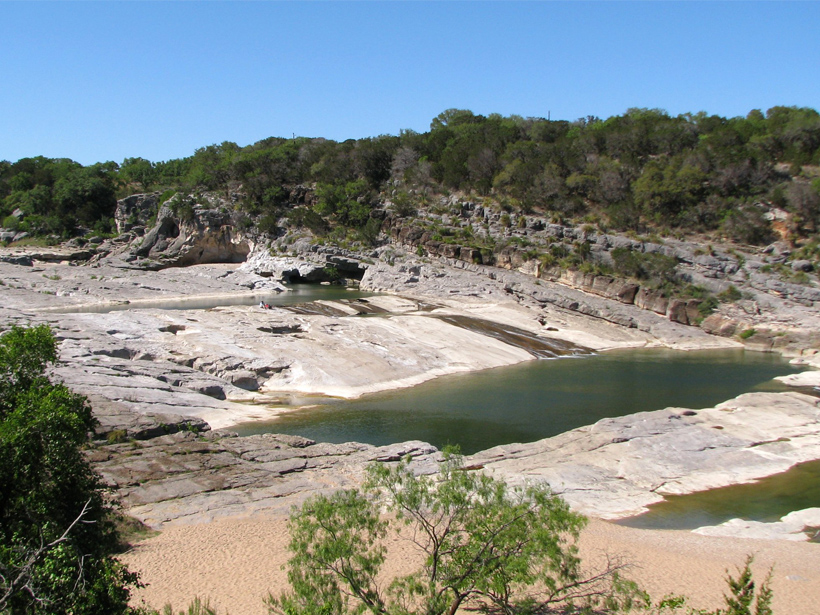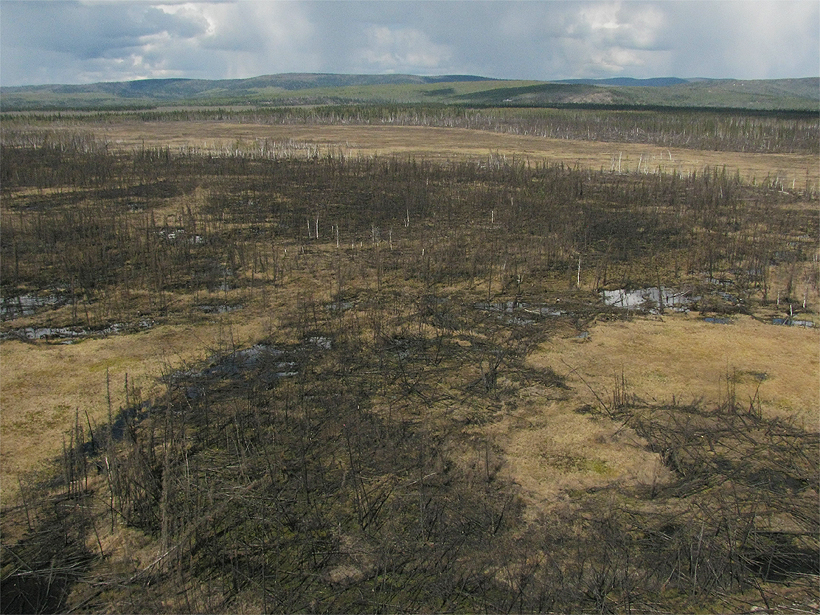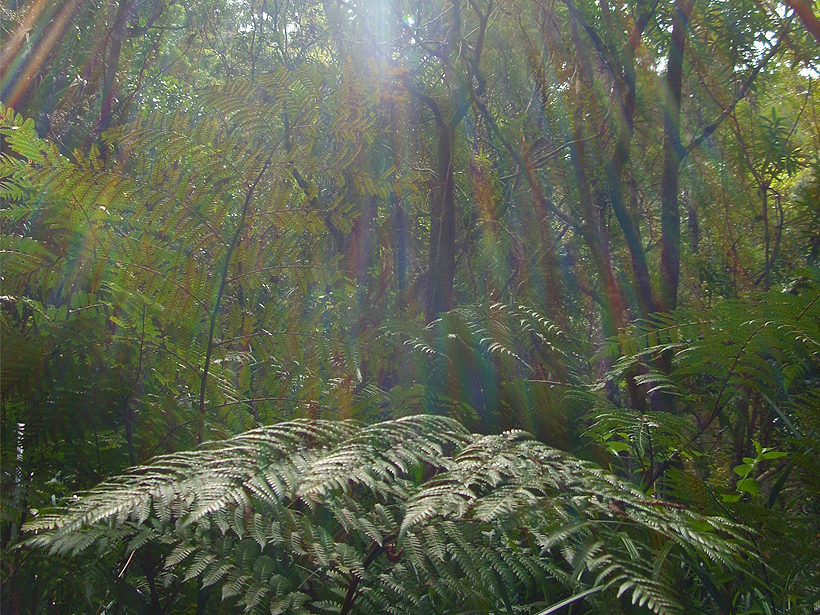Yearlong study reveals seasonal changes in oxygen levels, nutrient availability, and plankton growth.
Journal of Geophysical Research: Biogeosciences
How Plant Life Survives on Earth's Driest Inhabited Continent
Australia is a continent of extremes, and researchers find that some ecosystems are better equipped than others to deal with the country's characteristic extreme climatic variation.
Soil Crusts Play a Dual Role in Desertification
Rain falling on bare soil can form a hard crust that prevents further infiltration. But do these crusts worsen land degradation or help to prevent it?
Modeling the Future of Dissolved Organic Carbon in Boreal Forests
Climate change and forest harvesting will increase the concentration and flow of dissolved organic carbon in boreal streams.
Building New Ways to Think About Arctic Freshwater
A new literature review summarizes the complex role of freshwater in the Arctic and its impact on climate and biogeochemical systems as a whole.
Conservation Farming Shown to Protect Carbon in Soil
A closer look at cultivated land informs actions to protect the vitality of our soil.
Satellites Track Chlorophyll Fluorescence to Monitor Drought
New satellite observations show connection between solar-induced chlorophyll fluorescence and soil moisture—a key mechanism behind drought onset.
High Methane Emissions Detected During Subarctic Lake Melt
A spike detected in surface methane released from a seasonally ice-covered lake in northern Sweden coincides with the spring thaw and lake overturn.
Alaskan Wildfires Influence Permafrost Recovery
Warming climate reduces permafrost's ability to recover following wildfires in Alaskan lowland forest.
Climate Variability Across Scales Affects Ecosystems over Time
Given enough time, short-term variations in temperature, precipitation, and solar radiation influence the fluxes of water and carbon through ecosystems.










